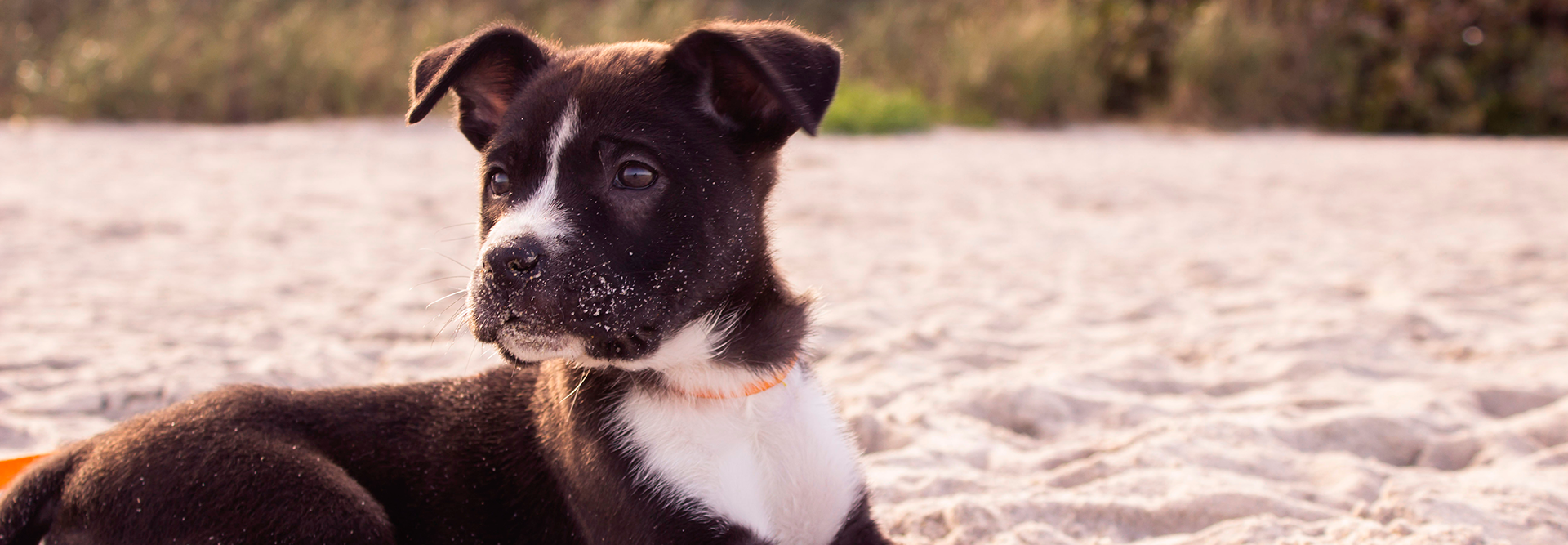
There are several things we as puppy parents unintentionally do that mess with our dogs’ emotions. No matter how hard we try in our effort to be perfect, some of our human ways can lead to one confused pup. And sending mixed signals to our pups will make them more likely to misbehave. But is […]
There are several things we as puppy parents unintentionally do that mess with our dogs’ emotions. No matter how hard we try in our effort to be perfect, some of our human ways can lead to one confused pup. And sending mixed signals to our pups will make them more likely to misbehave.
But is it really bad behavior, or just bad communication?
1. “COME HERE NOW!”
How many of you have called to your dog and a wild west standoff ensues? Well, what exactly are you calling them for? We often expect our pups to come even when they know there’s no incentive to do so.
Instead, ensure that “come” works every time by rewarding your dog with a puppy party every time they obey this all-important command. The key-word here is reward.
Puppy parties should involve anything your dog finds rewarding–a nice belly rub, a yummy treat, their favorite toy, etc. Never punish your dog for coming when called.
Even if your dog is coming back after an hour-long escapade through the neighborhood, they still get a puppy party. Remember to always issue a recall command with a pleasant tone and a smile on your face; no dog wants to come running to an angry tone and a scowling face.
2. Back Talk
Petting, talking to, playing with, and even scolding a barking dog, reinforces the dog to bark. Do not give a dog attention while they’re barking.
The best remedy to a Barking Betsy is the good ole’ cold shoulder. And don’t forget to praise the peace and reward Betsy when she is being quiet!
Remember, barking can be inherently rewarding for some dogs, especially for many smaller breeds. Make sure the reward you give your dog is more rewarding then the barking itself. You may have to test out several treats and toys to find out what your pup goes absolutely bananas for.
3. Chew On This, Not That!
Dogs don’t just have a desire to chew, they have a need to chew! Providing your dog with plenty of chew toys is the first step, but unfortunately not the last.
Dogs need constant reminding of what is okay to chew and what isn’t. Keep anything you don’t want your dog to chew off the floor!
If you do catch your dog chewing on something off-limits, redirect him with a few cues (sit, down, touch), and then replace the item with one of their chew toys.
4. Nipping Enabler
Mouthy puppies can be sweet and funny when they are little, but nipping can become dangerous fast. Don’t allow your dog to make teeth-to-skin contact with anyone, ever.
When dogs first learn how to play, their litter mates and mother teach them what an acceptable mouthing pressure is, and what kind of wrestling is tolerated among other dogs.
As a puppy parent, it is your job to teach your dog the appropriate way to play with humans. Even if it’s a playful accident, let your dog know that nipping isn’t okay by exclaiming “OUCH!” and by walking away.
Don’t play with your pup for fifteen to thirty seconds. Your dog will soon figure out that if they don’t play appropriately, the game will end.
We hope this blog was helpful to any who might be making some training missteps and not even realizing it! At Petland, we also pride ourselves on being a fount of information when it comes to properly training a new puppy as well as continuing that training into doggy adulthood!
Stop in today if you’ve got a training issue to tackle, we’ve got the knowledge, treats and toys to help you on your way to becoming a better pet parent!
You can try house training your puppy by following the tips on our blog, How to House Train Your Puppy in 7 Days.